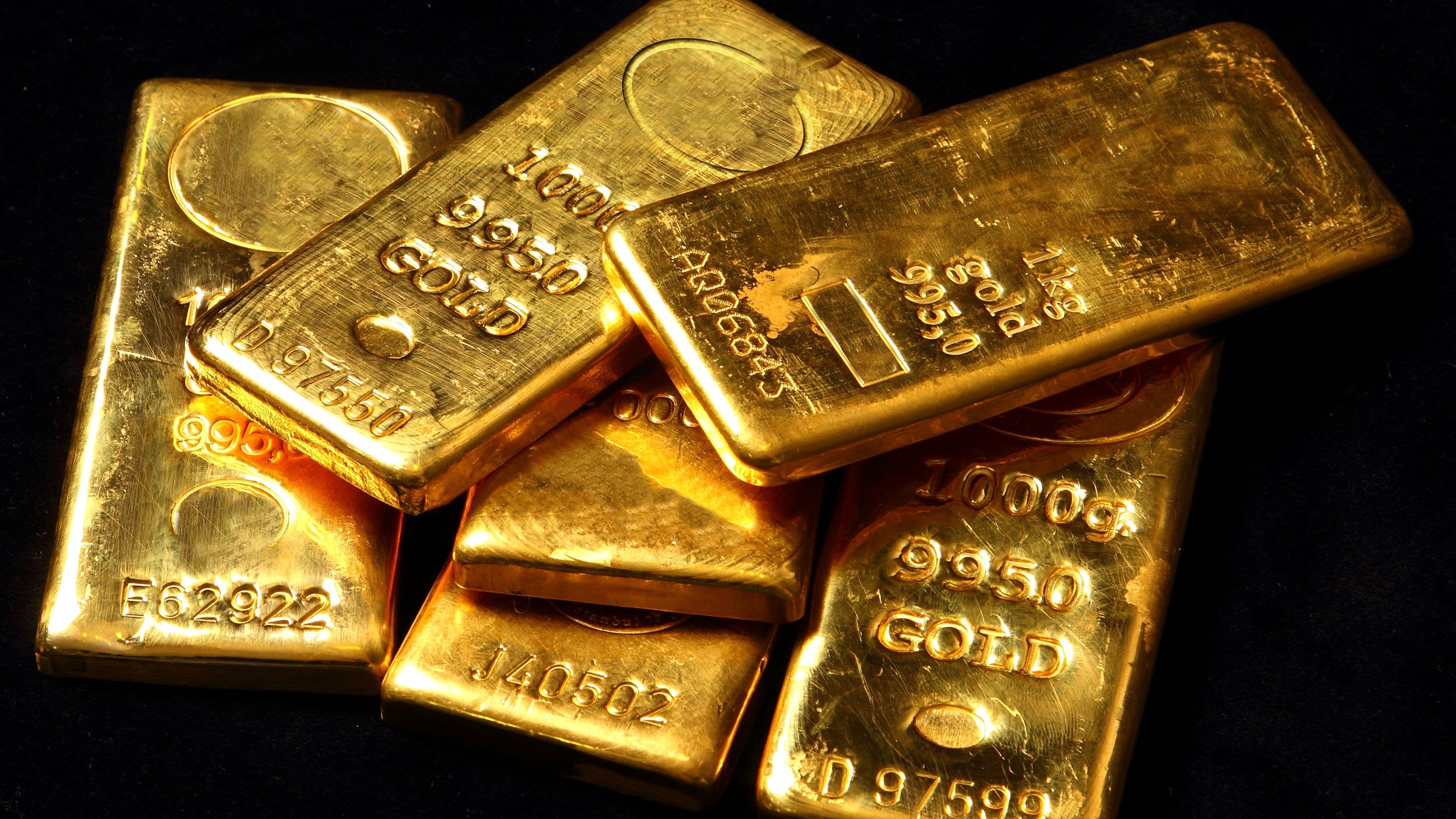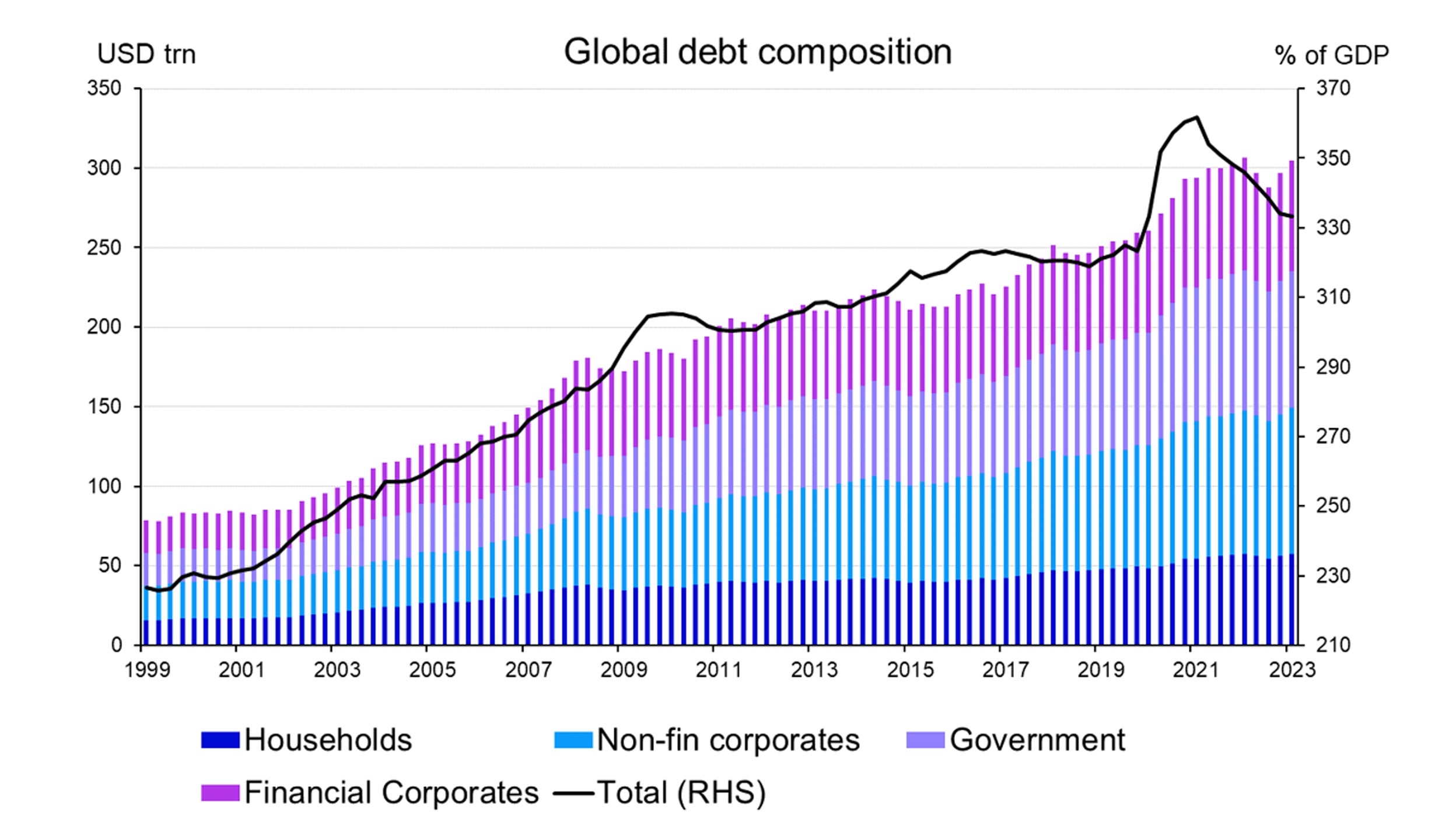The difficulty is that the market uses real rates when valuing gold and furthermore the market’s long term expectations of inflation when assessing the current/nearer-term situation. Whether one looks at 10 year Treasury Inflation Protected Security (TIPS) or the nominal 10 year Treasury equivalent less the US 5-year 5-year inflation swap rate, you’re taking a view through the economic cycle, not just a snapshot of where we are in it. The short term obviously has influence, but this is the reason why inflation doesn’t necessarily move the gold price in the short term. This is also why it is important as to whether the Fed pivots before or after core inflation is actually under control, and again this is going to be a subjective judgement because even if it looks like it is under control it might not be.
Against this economic backdrop, I firmly believe that some exposure to gold in one’s portfolio is a sensible potential diversifier for other idiosyncratic risks, and I have therefore chosen a selection of large, blue chip gold mining companies, diversified across geographies and assets, to gain this exposure.
The macro backdrop should be supportive of the gold price
The portfolio has three holdings that provide this diversified exposure. Barrick Gold and Agnico Eagle Mines, which are gold ‘producers’, and Wheaton Precious Metals which is a ‘streaming' company. Rather than mining gold itself, Wheaton buys gold output from industrial miners where gold is produced as a by-product in the production of other metals such as copper. The nature of streaming companies is different to the producers in that they have different cost dynamics. Over the past year, one of the advantages of the streaming model is the fact that they haven’t been as exposed to the same cost inflation pressures that the producers have, therefore their margins have been better protected. Meanwhile, over the past year the producers have had to suffer the exposure to a gold price which hasn’t moved in step with the rising costs of production. As a result, the producers have been caught in a margin ‘pincer’. As headline inflation starts to decline and we start to see deflation in some of the consumable areas of the miner’s cost base, we will likely see rates fall too which should be positive for the gold price moving up. At that point we may be in a position where we see that pincer start to work the other way (opening jaws). In this environment the gold producers would have the potential to perform well.
We have compared the valuations of these three companies at the current gold price and if gold were to rise to $2,500 per oz. We have looked specifically at the potential leverage of the cashflows and NAV at higher gold prices noting that this would also have a positive impact on the dividend paying potential of these companies. We believe that over the medium term, the macro backdrop (financial repression ie. real rates returning to negative territory) should be supportive of the gold price and therefore beneficial to these three large gold-producing and streaming companies, thus justifying their position in the portfolio, both from a valuation perspective and for the added risk diversification.







